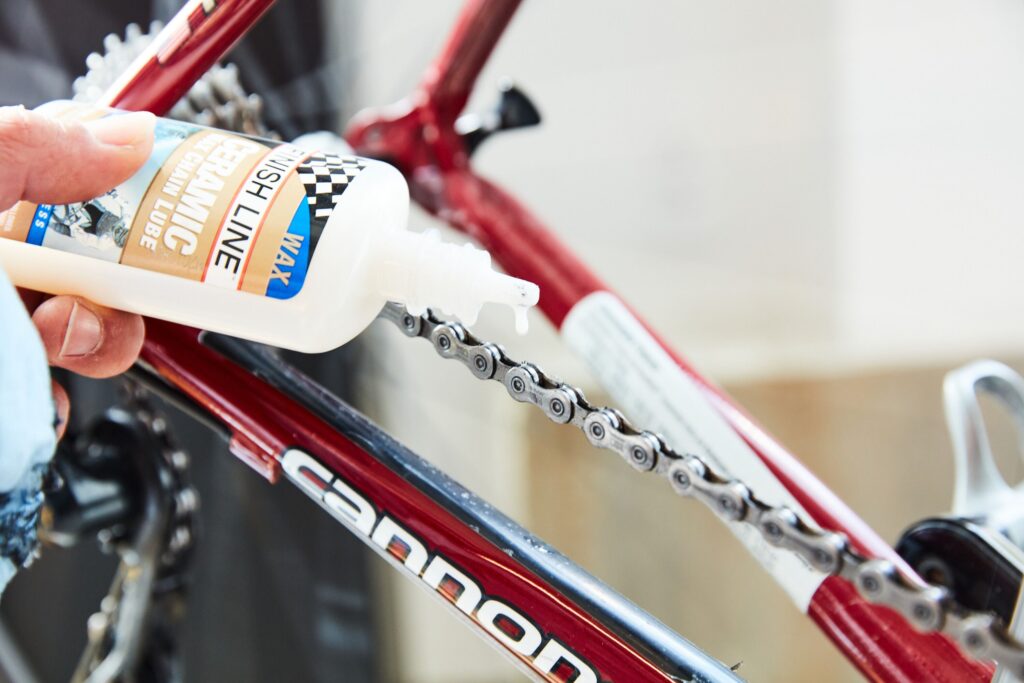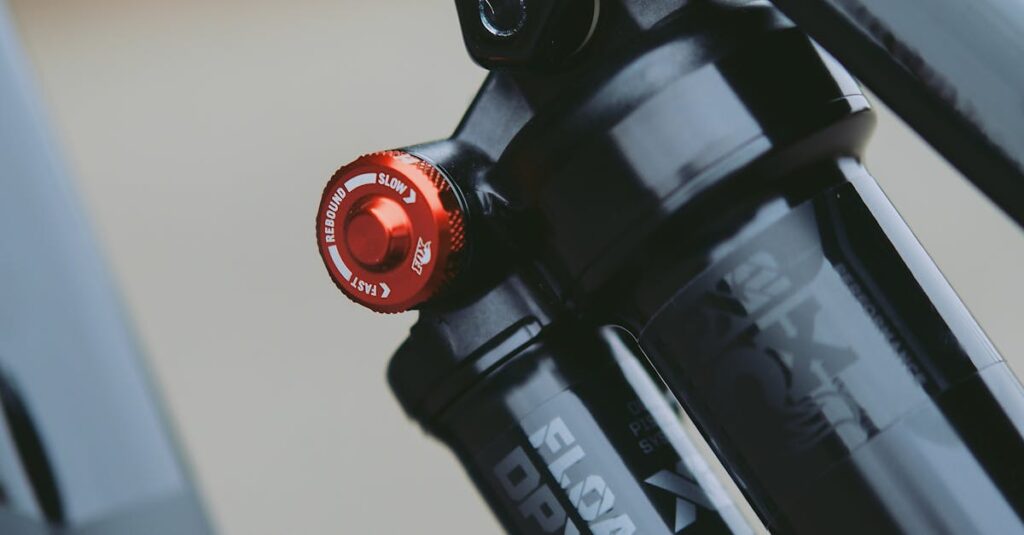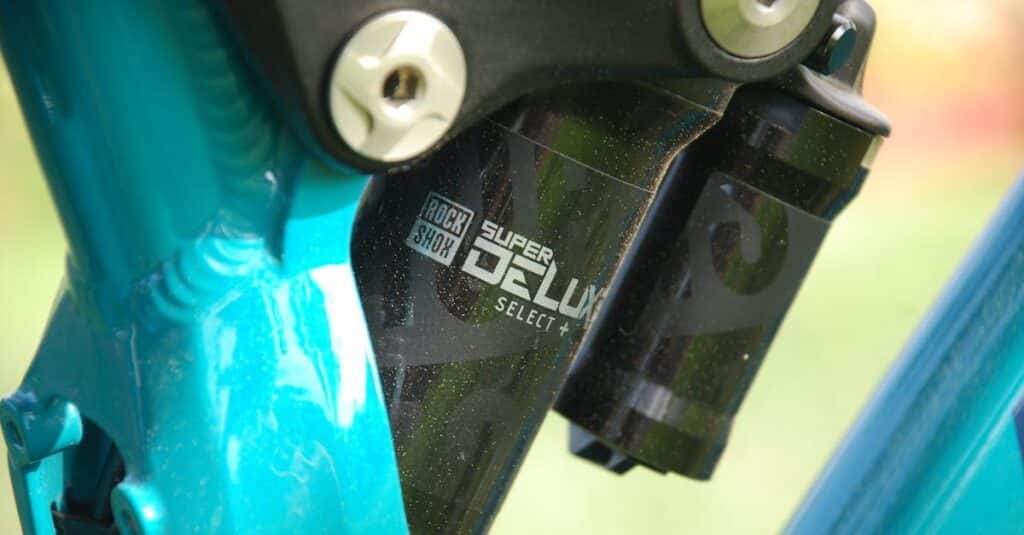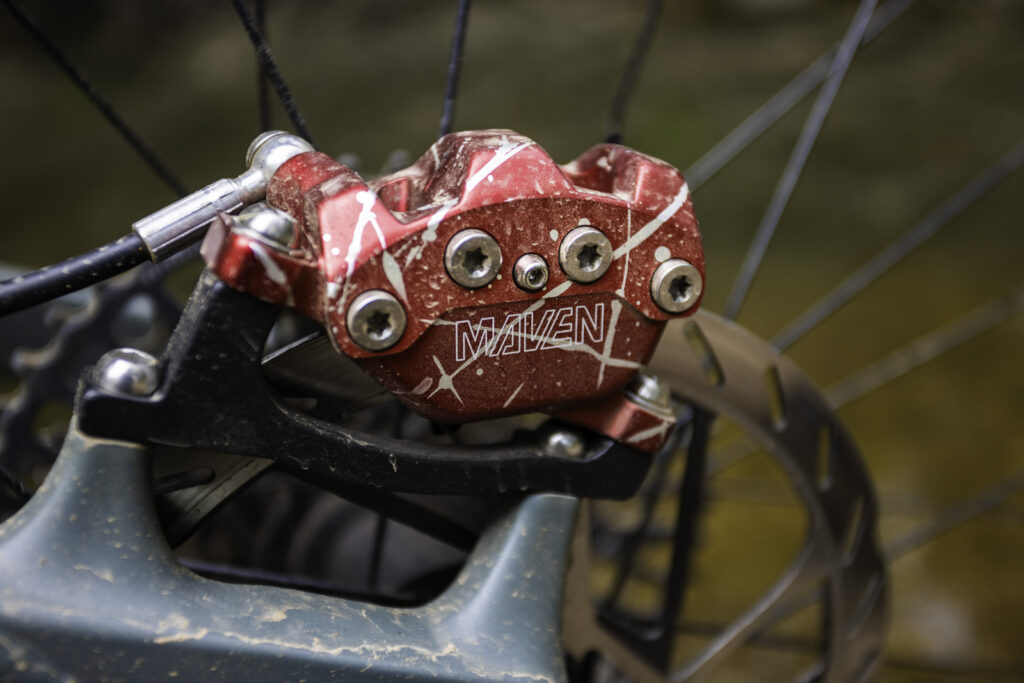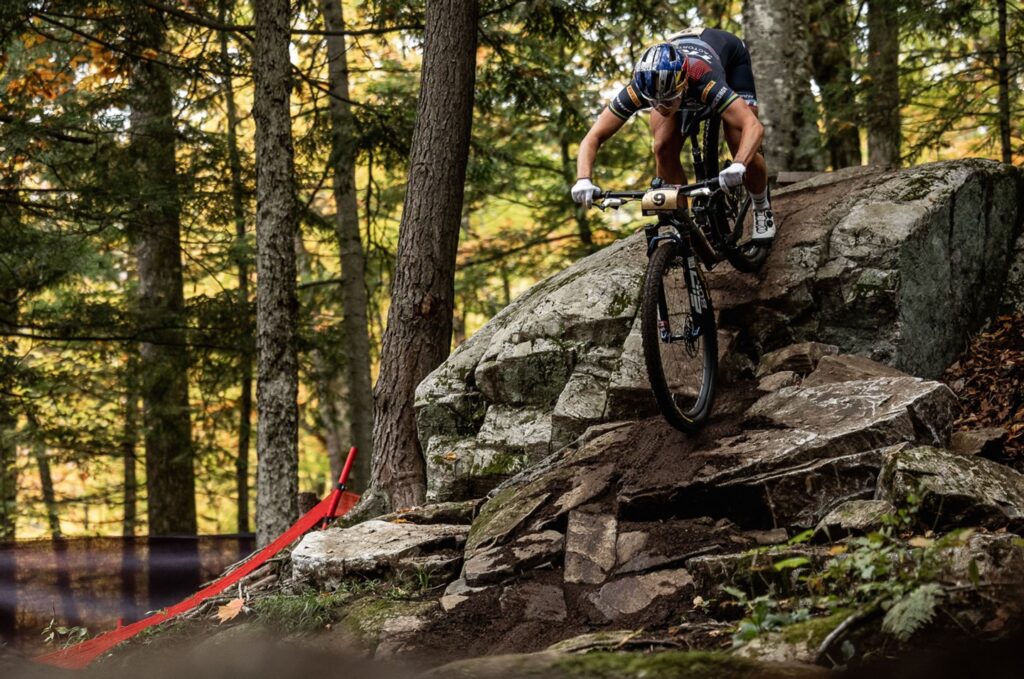Introduction: Why Proper Chain Lubrication Matters
A clean, well-lubricated chain is one of the simplest — yet most important — ways to extend your drivetrain’s life, improve performance, and save money in the long run.
Whether you ride a lightweight road bike, a rugged mountain bike, or a high-torque e-bike, your chain is the heart of your drivetrain. Without proper lubrication, friction increases, metal grinds on metal, and wear accelerates across your cassette and chainrings.
In this guide, we’ll cover how to lube your bike chain properly, step by step — including which types of lubes to use, how often to apply them, and expert tips to keep your chain running smooth all year.
Maintenance Picks
Sold & fulfilled by BestBikeBrands
What You’ll Need Before You Start
Here’s a quick checklist of tools and supplies you’ll want on hand:
| Tool / Product | Purpose |
|---|---|
| Bike Degreaser | Removes old lube and grit before fresh application |
| Clean Rags or Shop Towels | Wipe down chain and drivetrain components |
| Bike Stand or Rear Mount | Keeps rear wheel off the ground for easy spinning |
| Chain Lube (Dry or Wet) | Lubricates the rollers and links for smoother operation |
| Chain Cleaning Tool (optional) | For deep cleans before re-lubing |
| Gloves (optional) | Keeps hands clean and improves grip |
Pro Tip: If you’re doing regular maintenance, use biodegradable products when possible — especially if you clean your bike outdoors.
Step 1: Clean the Chain Thoroughly
You should never apply new lube over old, dirty lube. It traps grit and creates a paste that acts like sandpaper inside your chain.
Here’s how to clean it properly:
- Shift into the smallest chainring and cog. This gives you easy chain access.
- Wipe the chain with a dry rag to remove surface dust and grime.
- Apply degreaser directly to the chain and scrub using a brush or chain-cleaning tool.
- Spin the cranks backward while cleaning to cycle the degreaser through all links.
- Rinse with a damp rag or a gentle water spray — avoid pressure washers.
- Dry completely using a clean towel or let it air dry before applying new lube.
Common Mistake: Spraying degreaser directly onto derailleurs or bottom brackets — this can flush grease out of bearings. Always target the chain only.
Step 2: Choose the Right Chain Lube
Not all chain lubes are created equal. The one you choose should match your riding conditions, drivetrain type, and season.
Here’s a breakdown of the main types:
| Type | Best For | Pros | Cons |
|---|---|---|---|
| Dry Lube | Dusty, dry climates | Clean, low build-up | Washes off in rain |
| Wet Lube | Rainy or humid conditions | Long-lasting, durable | Attracts dirt easily |
| Ceramic Lube | Performance & racing | Ultra-smooth shifting | Expensive |
| Wax-Based Lube | All-weather use | Quiet chain, clean operation | Requires full chain cleaning before use |
| E-Bike Specific Lube | High-torque motors | Designed for higher load & RPM | Slightly pricier |
Pro Tip: For most riders, dry lube in summer and wet lube in winter works perfectly.
If you’re on the coast or riding gravel, consider a ceramic or wax hybrid for better longevity.
Step 3: Apply Lube Correctly
This is where many riders go wrong — over-lubing or under-lubing can both cause issues. Follow this method for the best results:
- Drip one drop per link onto the inside of the chain while slowly pedaling backward.
- Target where each roller meets the inner plates.
- Continue rotating the pedals for 2–3 full chain revolutions to let the lube penetrate.
- Let the chain sit for 5–10 minutes to allow absorption.
- Wipe off all excess lube from the outside of the chain using a clean rag.
- This step is critical — too much external lube attracts dirt and grime.
Goal: The chain should feel slightly slick, not oily or greasy to the touch.
Step 4: Frequency — How Often Should You Lube?
This depends on how and where you ride. Here’s a general rule of thumb:
| Riding Style | Frequency |
|---|---|
| Road / Commuter (Dry) | Every 100–150 miles |
| Mountain Bike | Every 50–75 miles |
| Wet / Muddy Conditions | After every ride |
| E-Bike | Every 100 miles or when visibly dry |
| Indoor Trainer | Once a month (light coat) |
Pro Tip: Listen to your drivetrain — if it starts making a dry, squeaky noise, it’s time to re-lube.
Step 5: Check the Rest of the Drivetrain
Lubing your chain is part of a bigger maintenance ecosystem.
After applying lube, inspect:
- Cassette: Check for grime buildup between cogs.
- Derailleur pulleys: Wipe and re-lube the bushings occasionally.
- Chainrings: Ensure teeth aren’t packed with grit.
- Chain wear: Use a chain checker tool — replace at 0.5% wear to avoid costly cassette damage.
–> Related Read: Best Chain Wear Tools for 2026
Step 6: Store and Maintain Your Lube Routine
A consistent, light-touch routine keeps your drivetrain in top shape.
Store your chain lube upright and away from direct sunlight. Before each ride, do a quick inspection:
- Spin the cranks — listen for squeaks.
- Check for visible rust or dryness.
- Wipe the chain lightly if dust has accumulated.
Avoid re-lubing every single ride unless you ride in rain or mud — you’ll only attract more dirt.
E-Bike Owners: A Quick Note
E-bikes generate significantly more torque than standard bikes. That means:
- Chains stretch faster.
- Lube burns off quicker due to motor power and cadence.
–> Always use an e-bike-specific chain lube (brands like Finish Line, Muc-Off, or Park Tool offer great options).
These formulas are thicker, with higher film strength and anti-fling additives — they’ll protect your drivetrain longer.
Common Mistakes to Avoid
- Over-lubing the chain — causes grime buildup and premature wear.
- Skipping cleaning steps — lube over dirt = sandpaper effect.
- Using WD-40 or motor oil — too thin or too dirty; attracts debris.
- Lubing the top side of the chain — it doesn’t reach the internal rollers effectively.
- Not letting it sit before wiping — gives no time for penetration.
Summary: Chain Lube Routine Made Simple
Here’s your go-to routine in a nutshell:
- Clean your chain first.
- Choose the right lube (dry, wet, wax, or e-bike).
- Apply one drop per link.
- Wait 5–10 minutes.
- Wipe off the excess.
That’s it — five steps for a silent, efficient drivetrain that lasts longer and rides smoother.
Final Thoughts
Proper chain lubrication isn’t glamorous, but it’s a critical maintenance habit every rider should master. It keeps your drivetrain efficient, your rides quieter, and your wallet happier.
If you follow this process and maintain a regular schedule, your chain will last thousands of extra miles — and your bike will thank you every pedal stroke.
Related Content:
- Best Bike Chain Lube
- Best Touring Bikes
- How to Wash a Bike Safely
- Best Commuter Bikes Guide
- How To Adjust Your Gears
Why Trust This Guide
BestBikeBrands is built by lifelong cyclists with decades of real-world experience — in the shop, on the trail, and behind the wrench. Our goal is simple: to help riders choose the best bikes and gear with confidence, backed by expert insights and hands-on testing. Learn more about us →
